Pilots and passengers cannot hear the sonic boom created by their own plane because they are at the head of the Mach cone. In simple words, they are moving so fast that the sonic boom doesn’t get a chance to catch up to them.
When the Wright brothers conducted their first successful flight in the first ever flying machine in the world, everyone was astounded by the idea that humans could actually ride on air! As technology improved, the planes became much more sophisticated, safer and packed with amenities. And yes, needless to say, they got a whole lot faster too!
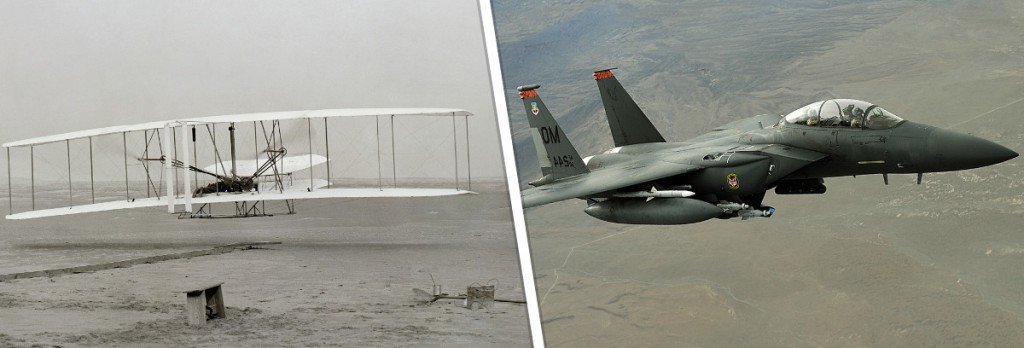
These days, we have supersonic jets – airplanes that can travel faster than the speed of sound itself! Now, you might already know that when a plane, or in fact anything, travels faster than the speed of sound (i.e., breaks the sound barrier), a loud boom is heard, which is commonly known as a sonic boom. You may have heard that particularly loud, sometimes even painful boom when a military jet flies by.
Everyone on the ground can hear it, but what about the people inside the plane? What’s it like for them when the plane they’re traveling in smashes through the sound barrier? Do they notice a difference in the cabin environment? And since they are essentially traveling faster than sound itself, does the cabin suddenly became silent? What about the pilots and the situation inside the cockpit?
Do Pilots Of A Supersonic Jet Hear The Sound Of The Engines When It Breaks The Sound Barrier?
Short answer: Yes, pilots of a supersonic jet can still hear the humming of the engines when their plane breaks the sound barrier if the sound is transmitted through the air inside the plane (however, they cannot hear the sounds coming from the outside). Similarly, the passengers can also hear sounds inside the cabin, as the air around them (as well as the pilots) is stationary with respect to the plane.
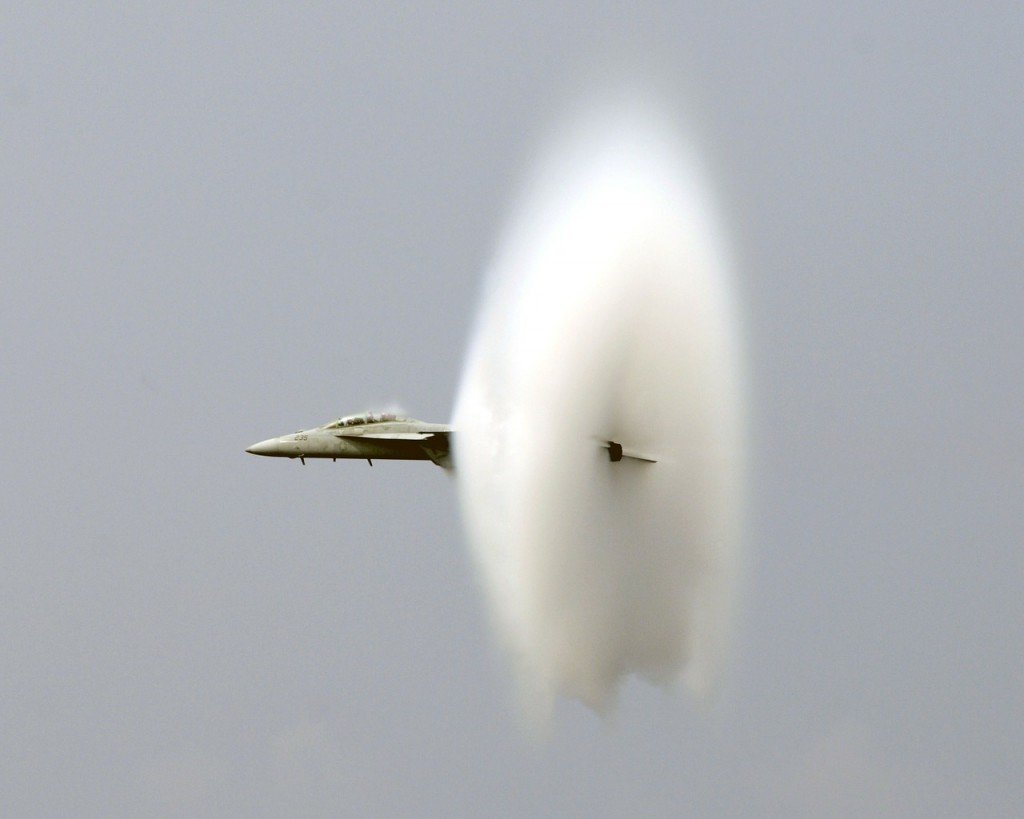
Since the sound inside the plane is traveling through the internal air (which is moving as fast as the plane itself), there would be no problems hearing sounds inside the cabin, regardless of whether or not the sound barrier is broken.
Also Read: Does The Sound Barrier Take Any Extra Force To Break Through?
How Does A Sonic Boom Work?
You might recall from your high school Physics class that a sonic boom occurs when something travels faster than the speed of sound. Note that the speed of sound varies according to the medium it travels through, but since things traveling on Earth are surrounded by air at all times, we will consider the speed of sound in air, which happens to be 767 mph (or 1234 km/h).
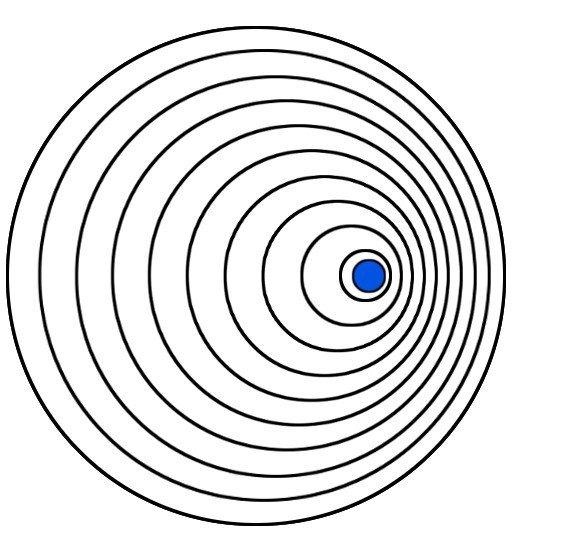
A fast-moving object, say, a fighter jet, produces sound waves in all directions. As the speed of the jet increases, the sound waves in front of the plane tend to bunch up, as they do not have enough time to get out of the aircraft’s way. You can refer to the above diagram to understand it better.
However, when the aircraft flies faster than the speed of sound (in air), the sound waves, not getting enough time to spread out in front of the plane, trail behind it instead, forming a ‘Mach cone’.
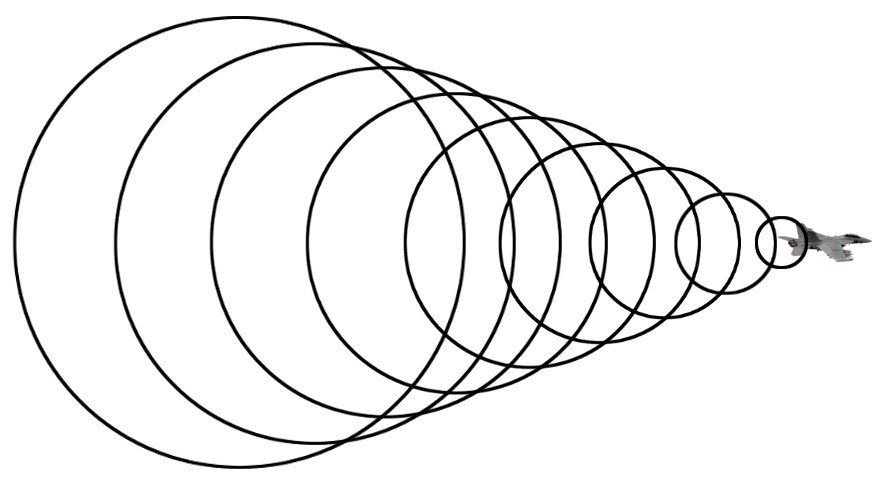
It is due to this Mach cone that you hear the ear-shattering boom as a supersonic plane flies overhead. It’s quite similar to the wake that a fast-moving steamer creates in water.
Also Read: What Are Shock Waves And How Are They Created?
Flying In A Supersonic Aircraft
The sonic boom of an ultrasonic jet is heard by people on the ground, but what about the people ‘inside’ the jet itself (the pilot, crew and passengers)? Do they also hear the sonic boom?
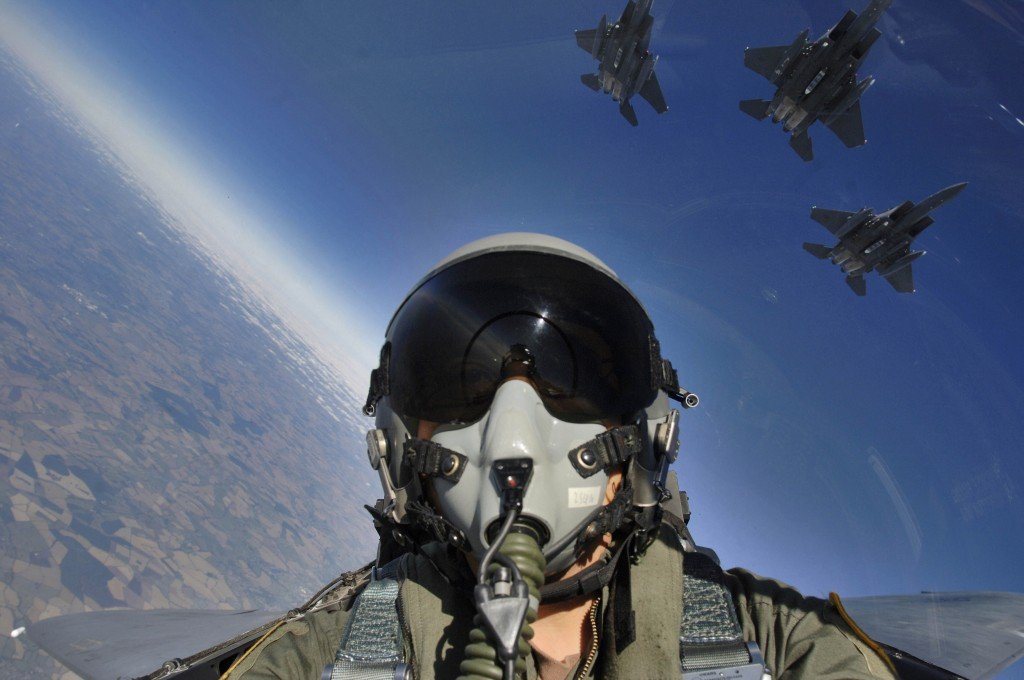
The short answer is – no, they don’t hear the sonic boom. Pilots and passengers cannot hear the sonic boom created by their own plane because they are at the head of the Mach cone. In simple words, they are moving so fast that the sonic boom doesn’t get a chance to catch up to them.
Also Read: Why Is Hypersonic Flight, As Shown In Top Gun: Maverick, Such A Big Deal?
Does It Become Significantly Quieter Inside The Cockpit/cabin When A Plane Breaks The Sound Barrier?
Not really.
You see, sound is a mechanical wave, i.e., it needs a medium to travel. Also, it travels at a speed that is ‘relative’ to the medium it’s traveling through.
Consider this: sound travels at 343 m/s through still air to a stationary observer. However, if the air is moving at a given speed, say 100 m/s, then the same observer would perceive the sound to be traveling at a higher speed, i.e., 443 m/s (343+100).
Now, the internal air that surrounds the people onboard a supersonic airplane travels at the same speed as the airplane itself. Since sound travels through this air aboard the airplane, there’s absolutely no change in the sound levels inside the plane.
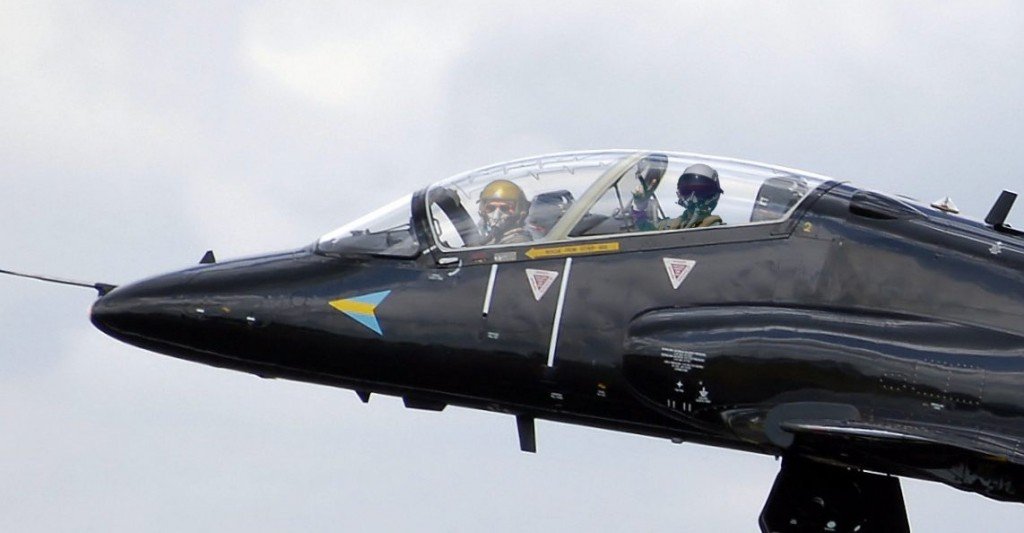
For the same reason, pilots can hear their own voice and the sound of the engines of the supersonic aircraft they’re flying in (only if the sound is transmitted through the air inside the plane, as any external sound cannot reach the cockpit). Furthermore, the noise made by the engines can also be transmitted through the airplane (but not the surrounding air) and be felt by the pilot as mild vibrations.
How much do you know about breaking the sound barrier?

References (click to expand)
- Sonic boom - Wikipedia. Wikipedia
- NASA Armstrong Fact Sheet: Sonic Booms. The National Aeronautics and Space Administration
- Research in Supersonic Flight and the Breaking of the Sound .... The National Aeronautics and Space Administration
- Sources of Aviation Noise - PSU Noisequest. The Pennsylvania State University
